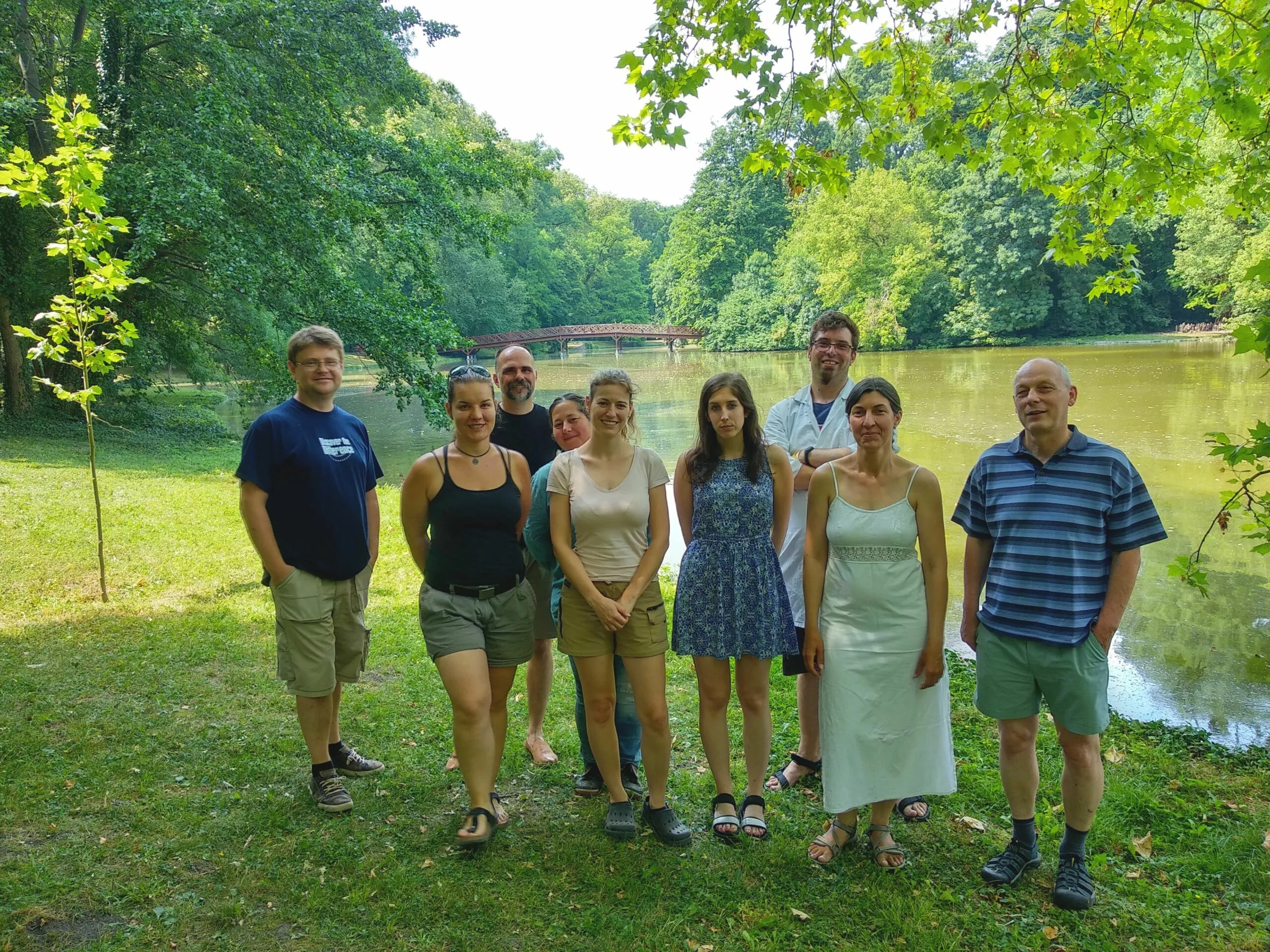The first reliable biomarkers of powdery mildew infection in wheat have been identified by the E-orr research team of the ELKH Centre for Agricultural Research (ATK). In a paper published in the prestigious journal Science of the Total Environment, the researchers characterize 48 volatile compounds released into the environment of wheat infected with a fungal pathogen that is widespread worldwide. The long-term goal of research group E-orr (E-nose) working within the framework of a GINOP project is the development and application of a bioelectronic sensor – E-orr – for the sensitive detection of identified biomarkers in agriculture.
Higher-order organisms emit a large number of volatile organic compounds (VOCs) during their secondary metabolic reactions. These compounds are involved in several vital processes and play a role in understanding and diagnosing the progression of many serious diseases. Examples include the oncoknife for cancer, or canine or instrumental screening for coronavirus.
These volatile compounds are produced in large quantities during plant-pathogen interactions. The ATK E-orr research team identified and analysed 48 volatile compounds released into the environment of plants infected by powdery mildew. The researchers have shown that 3-6 of these compounds are produced by a fungus and can only be detected in infected plants, even before symptoms appear.
This has been shown to be true in three different years, following artificial infestation of several wheat varieties using different fungus species, and at different stages of development. Therefore, these compounds can be considered to be the first reliable biomarkers of powdery mildew infection. Since then, the researchers have been able to demonstrate this in real field conditions, on arable land – against a background of disturbance and complexity. Similar advanced work is being done on fusarium infections in wheat.
In nature, volatile substances released into the environment are very often bound by receptors on insect tentacles, which form the physical basis of the insects' known chemical communication. Based on these, the researchers' long-term goal is to develop and apply a bioelectronic sensor – E-orr – for the sensitive detection of identified biomarkers in agriculture. Simultaneously with this, the researchers are 'training' existing measurement datasets with artificial machine algorithms to make forecasting faster and more accurate than ever before.
More information: http://eorr.atk.hu/
